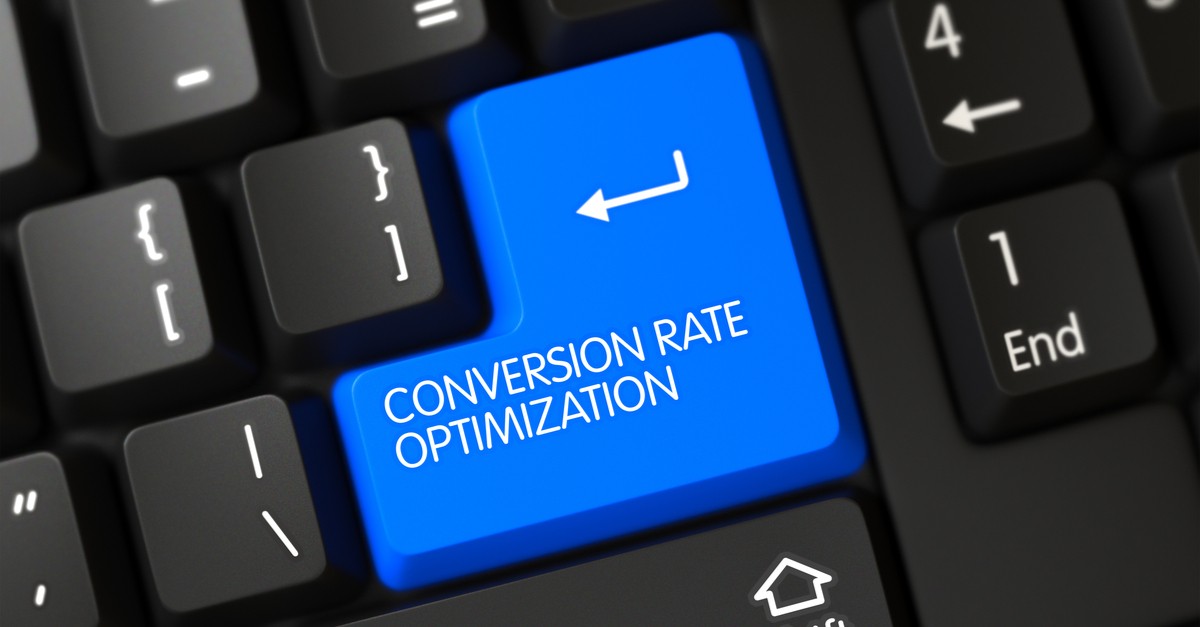By Bootstrap Bay
When you think about SEO conversions, what’s the first factor that comes to mind? Do you think keywords are the most important? Maybe it’s the content they’re embedded in. Actually, one of the greatest factors that influence how many website visitors become customers is your layout and design. In lieu of a physical store, business websites create the virtual space where their potential customers are invited, sold to, and hopefully turned into customers.
For companies that offer services, their website is the face that potential clients will establish a relationship with. The quality of their experience with your business is entirely influenced by the power of your site design. More than being solely attractive, the site must also be designed with SEO in mind to guide your visitors through the buyer’s journey. Consider these fundamental aspects of website design for SEO and where you could begin to make changes to your own site. If you’re preparing to launch a business, like an ecommerce store, you can also review a beginner’s guide to ecommerce SEO that will help you build a solid strategy to launch your company.
Don’t Overwhelm Your Audience
You might think that giving your viewers a large number of options on your site makes you more tempting, but this design could work against you. According to Hick’s Law, the more choices someone has, the longer it takes for them to make a decision. Under this principle, a website with too many options presented to a visitor could ultimately deter conversion rates as people deliberate too long and eventually lose interest or are unable to make a choice.
To prevent this from happening, keep navigation clean and straightforward. No one should hover over a dropdown menu and see 20 options, for example. Take a look at your current layout and analytics; where are people tending to drop out of the sales funnel? Which sites have the largest bounce rates, and what pages do users tend to deliberate on the most? Try to find common denominators and adjust your design accordingly.
Optimize Your Load Times
Page responsiveness can make or break a sale in under 5 seconds. Internet users are accustomed to hyper-fast results, and like it or not, they expect instant gratification when they’re looking for goods or services online. If your web host has poor load times, you could not only lose viewers but also rank lower in search engines. Google factors technical aspects of your site into account as well, so a slow response time can harm even a great SEO strategy.
Keep Design Elements Clean
Gone are the days where websites had every corner of the page cluttered with bright colors and buttons. Now, minimal is the norm, and it also tends to lead to faster conversions. Use white space to keep your design clean and easy to skim; create focal points with calls to action, especially ones on your home page. Rather than attempting to gloss up everything, stick to high-impact visuals and converting keywords. Font size also plays a large role here; create hierarchy by mixing and matching your font sizes to grab attention and establish emphasis.
Use Professional Imagery
Any photos that are poor quality will make your brand come off as amateur and untrustworthy. Luckily, there are many free sites online where you can get free stock images that look natural for your site. Pexels and Unsplash are two of the most common, and you can easily search for images relevant to your industry. High-quality images are also an important part of capturing and holding viewer attention in blog posts and service pages. Choose wisely and aim for impact; too many images on a page can reduce load times, but one to three professional-grade photos will tie your site together.
Don’t Harass People with Pop-Ups
Intrusive advertising is rarely effective and generally disrupts the user experience. Rather than trying to force people to enter personal information, create enticing, high-ranking content that makes them want to reach out. If you do have a pop-up, make sure that it doesn’t overwhelm their screen or make it difficult, if not impossible, to close.




